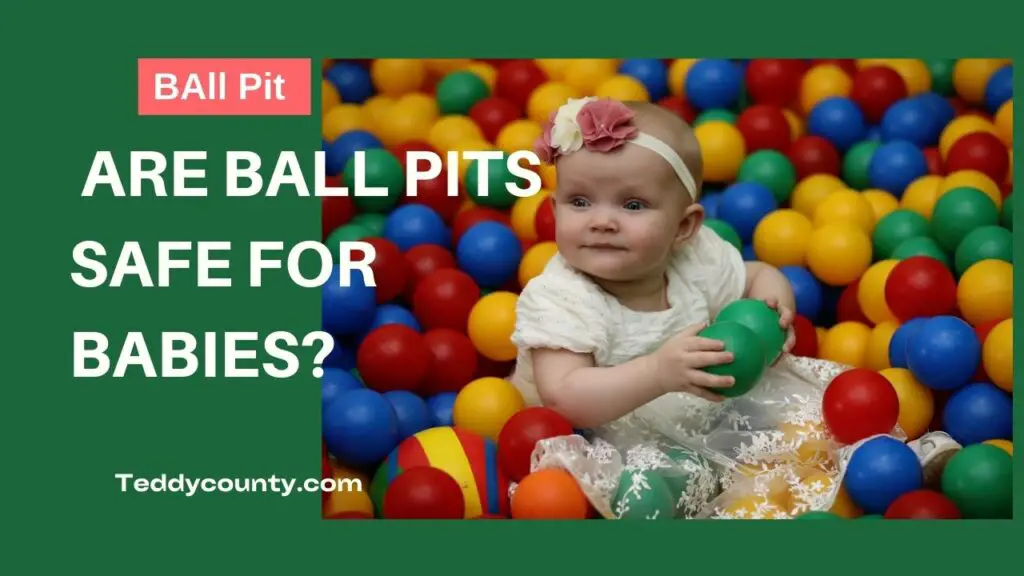Dealing with Toddler Tantrums
Having been granted parenthood is confounding. The first giggles, the first steps, and the first word leave us utterly dumbfounded. A parent has to go through many stages of their child’s growth. According to some parents, “the toddler stage has been rated the most burdensome stage”. Toddlers’ Tantrum are a common behavioral frustration for children. This is “NORMAL”.It’s all just a game of understanding and knowing your child’s needs. In this article, we will discuss “How to Deal with toddlers tantrum”.
“Toddlers never fail to surprise us “, as they say. But those surprises come along with complications, such as having to clean up the mess your toddler made in the kitchen and getting them cleaned up after they’ve bathed themselves the 80th time a day. Parents are keen to find a solution for their toddlers to be able to provide them with the safest and most loving environment. To provide that, parents need to understand the complex mind of a toddler and figure out the hidden reasons behind their behaviors.

Some Reasons Behind Toddlers Tantrums:
DEMANDING ATTENTION
The first thing a toddler craves is attention. Toddlers have different ways of demanding attention, perhaps the most common one is banging their heads against things. Others include crying without a reason and clinging to your leg. They do that because they lack basic communication skills and have yet to learn how to express themselves. Notice your toddler’s behavior and give them the attention they are seeking.

CURIOSITY
A toddler is curious and eager to explore, and they often get frustrated if they are not able to do so. It’s the reason you often find them in the kitchen cupboard or inside a drawer. You should let your toddler explore, and take them to visit various places, even a walk would help release their frustration. But make sure to keep an eye on them, as these mini mortals can be very sneaky.

Communication
When you told your toddler to do something, they feel a need to gain control. That’s why the answer to every question and every demand is ‘NO’. It’s where communication steps in. Parents have the responsibility to help their toddlers communicate. Parents who neglect their toddlers result in the child having a bad attitude. Language is also key when communicating. Whatever they do, always avoid swearing and taking things harshly. Sometimes it’s just a matter of tiredness or a child may feel hungry. It’s all parents’ responsibility to determine the cause of their toddler’s temper tantrums.
Taming Toddler Tantrums: Unconventional Approaches to a Common Challenge
Parents often dread the dreaded toddler tantrum. While traditional strategies focus on time-outs, rewards, and consequences, some out-of-the-box techniques can be surprisingly effective. In this article, we’ll explore some unconventional approaches to handling tantrums that can bring peace and understanding to your home.
- Channel Your Inner Mime Silence can be a powerful tool when dealing with a tantrum. Instead of using words, try communicating through gestures and facial expressions. This can help defuse the situation by shifting your toddler’s focus from their frustration to the novelty of your actions.
- Dance Away the Drama When a tantrum erupts, try turning on some music and starting an impromptu dance party. Dancing can help release tension, and your toddler may be more inclined to join in the fun than continue their meltdown.
- Create a Calm-Down Corner Designate a cozy, inviting space in your home where your child can go to calm down. Fill it with sensory toys, calming visuals, and soft textures to create a soothing environment. Encourage your toddler to visit this space when they feel overwhelmed.
- Talk Like a Pirate (or Robot, or Alien) Instead of using your regular voice, respond to your toddler’s tantrum with a funny or unusual voice. This can catch their attention, distract them from their frustration, and potentially lead to laughter instead of tears.
- Practice Mindful Breathing Together Introduce simple mindfulness techniques to your toddler, such as deep belly breathing. When a tantrum strikes, encourage your child to take deep breaths with you, helping them to focus on the breath and regain their composure.
- Use Visual Communication Create a set of visual cue cards representing various emotions, activities, or coping strategies. When a tantrum begins, use these cards to help your child identify their feelings and choose a calming activity to engage in.
- The Power of Puppets Keep a couple of puppets handy, and when your toddler starts to have a tantrum, bring out the puppets to act out a scene. This can distract your child and help them process their emotions through imaginative play.
Conclusion:
Toddlers have tantrums for a variety of reasons, from frustration to testing boundaries. By experimenting with unconventional approaches, you may discover new ways to help your child navigate their emotions and restore harmony in your household. Remember to stay patient and creative, and always tailor your strategies to your child’s unique personality and needs. Showing tantrums is normal in kids because, at this stage of age, they are unable to express their feelings through words. After controlling your child’s tantrum, Show them affection. For example “It’s ok sometimes it happens but I’m always here to help you” or “I really like to see you happy”.


